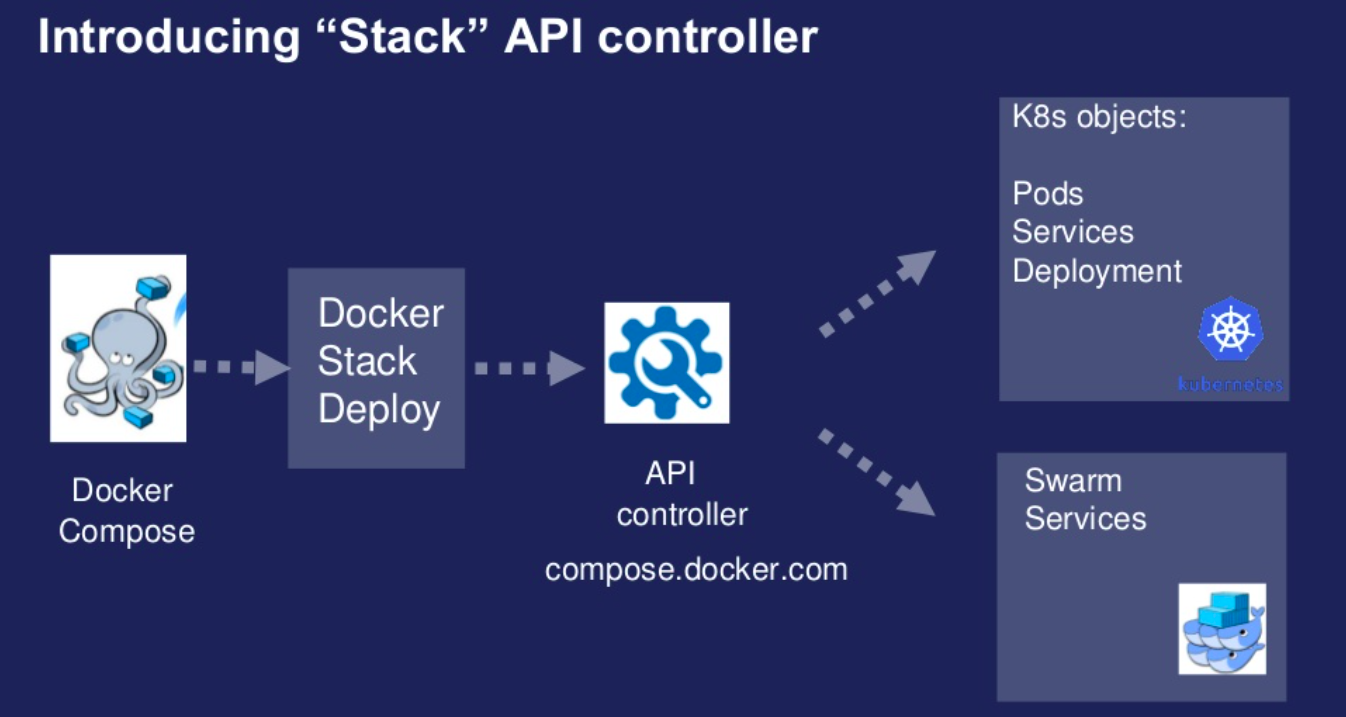

- DOCKER FOR MAC DOCKER.FOR.MAC.LOCALHOST HOW TO
- DOCKER FOR MAC DOCKER.FOR.MAC.LOCALHOST MAC OS
- DOCKER FOR MAC DOCKER.FOR.MAC.LOCALHOST INSTALL
- DOCKER FOR MAC DOCKER.FOR.MAC.LOCALHOST SOFTWARE
- DOCKER FOR MAC DOCKER.FOR.MAC.LOCALHOST PASSWORD
You can verify if MySQL has started using the docker ps command below. If the image was not already available, this command will download the image and run it.
DOCKER FOR MAC DOCKER.FOR.MAC.LOCALHOST INSTALL
This will install the latest version of the MySQL image in Docker Hub. $docker run -p 3306:3306 -d -name mysql -e MYSQL_ROOT_PASSWORD=password mysql/mysql-server Run the MySQL image using the docker run command.

After installing Docker for Mac, please verify the information below.
DOCKER FOR MAC DOCKER.FOR.MAC.LOCALHOST HOW TO
Now that we have background info, let's see how to set up MySQL in Docker for Mac.įollow these instructions to install Docker for Mac. Docker for Mac is the fastest and most reliable way to run Docker on a Mac. Docker for Mac is a complete development environment deeply integrated with the MacOS Hypervisor framework, networking, and filesystem. an easy-to-install desktop app for building, debugging, and testing Dockerized apps on a Mac. To simplify Docker and Virtual Machine setup in Mac OS, Docker for Mac was created.Īccording to this documentation, Docker for Mac is:
DOCKER FOR MAC DOCKER.FOR.MAC.LOCALHOST MAC OS
Hence, a Virtual Machine is set up on top of Mac OS and has an instance (Guest OS) of Linux to run containers. Mac OS is Unix and it doesn't have containers directly, as in Linux OS (Ubuntu, Fedora, Core OS, etc.). Why Docker For Mac?ĭocker is an abstraction on top of Linux containers to simplify using and managing containers.

This article assumes that you know what Docker is, understand how to use MySQL, and understand how to use SQL commands to create a user, create a database, and grant privileges.īefore we jump into action, let's learn the basics of Docker for Mac. Run the following command with the container ID to display the status of the container.This article will provide step-by-step instructions on how to set up MySQL in Docker for Mac and how to access MySQL from the host (Mac) OS.
DOCKER FOR MAC DOCKER.FOR.MAC.LOCALHOST PASSWORD
To review the minimum password requirements, see Configure a Splunk password policy in nf in the Securing the Splunk Platform manual. There are minimum requirements when setting passwords, which can change with different versions of Splunk Enterprise.
DOCKER FOR MAC DOCKER.FOR.MAC.LOCALHOST SOFTWARE
The list of requirements for Docker and Splunk software is available in the Support Guidelines on the Splunk-Docker GitHub. The operator simplifies scaling and management of Splunk Enterprise by automating workflows while implementing Kubernetes best practices.Ĭontainerized Splunk software prerequisites Contact Splunk Services for more information about using these applications with Splunk Enterprise in a container.Ĭontainer orchestration for Splunk Enterpriseįor container orchestration, the Splunk Operator for Kubernetes on GitHub enables you to quickly and easily deploy Splunk Enterprise on your choice of private or public cloud provider. Installation of Splunk Enterprise Security (ES) and Splunk IT Service Intelligence (ITSI) is currently not supported with this image. The official repository containing Dockerfiles for building Splunk Enterprise and Universal Forwarder images can be found on GitHub for Splunk-Docker. Run Splunk Enterprise inside a Docker container to quickly deploy an instance and gain hands-on experience with Splunk software. Deploy and run Splunk Enterprise inside a Docker container


 0 kommentar(er)
0 kommentar(er)
